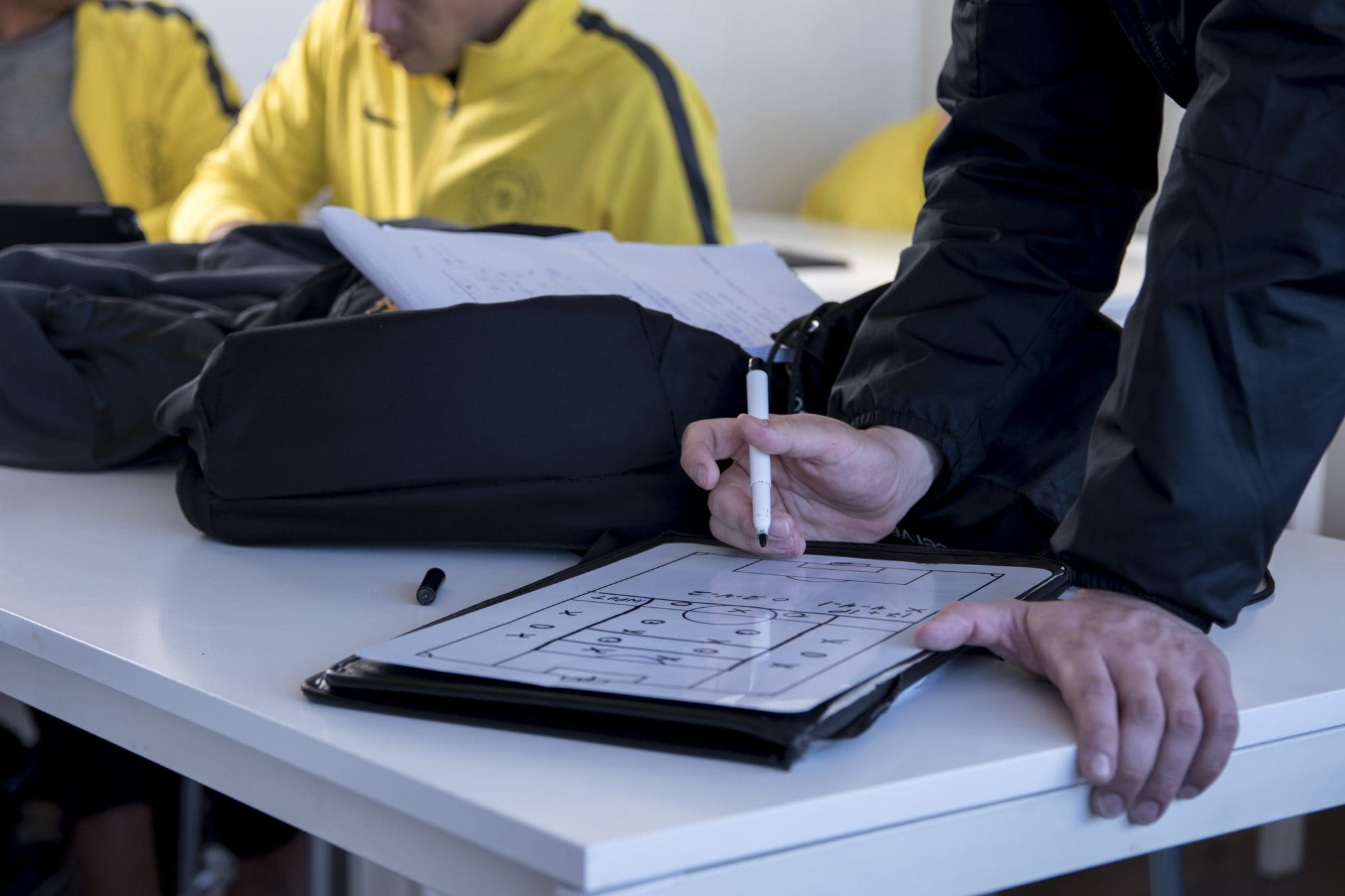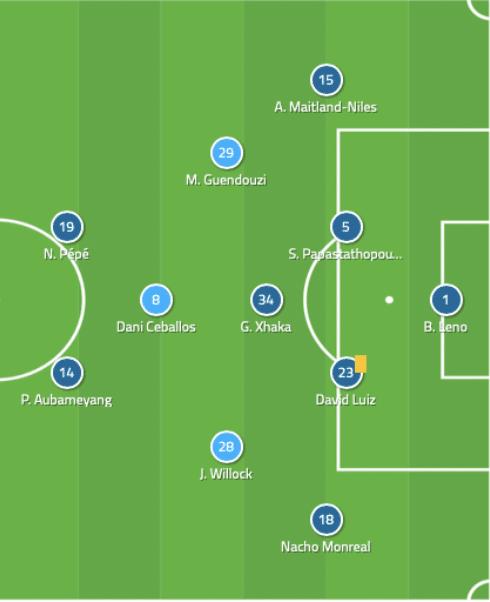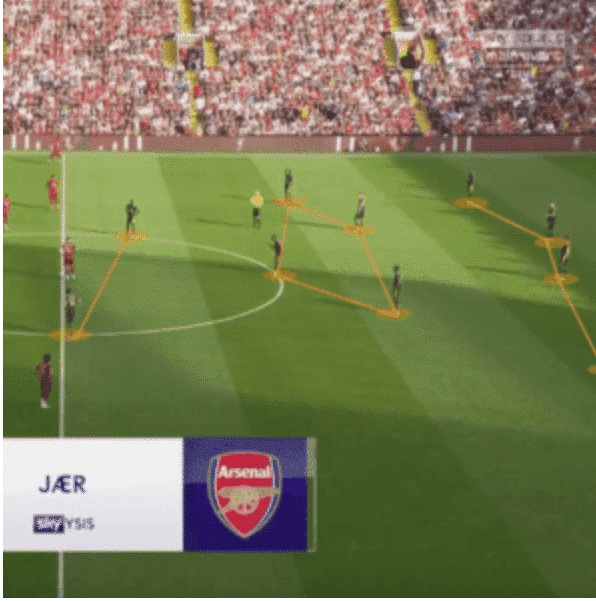How many times have we heard the talk that this team is similar to that team because of the same system of play? Maybe you’ve heard it leaving the stadium, that this player can’t fit into the coach’s system of play? Or that the coach needs to change it altogether?
But do we really know what the system of play is? What information does it give us about the team?
The system of play is the picture or the conclusion that we can take from a team in terms of the organisation of its players on the pitch. At MBP, we understand it as a sequence of numbers extracted from a superficial analysis that gives us little or no relevant information about specific organizations, individual or group behaviour. It simply shows us only how the pieces are organized on the board at the start of the match before a ball is kicked. Since, once the ball is in play, these pieces move making it more difficult for us to identify their system…
This information merely serves us to know the common areas of influence of each of the players on the field. As professional analysts, we can’t be satisfied just by this knowledge, especially if we want to draw some conclusions that can give us some advantages when preparing our match plan…
If we want to go a step further, we must be able to interpret and analyze team structures.
What are the team structures?
The system of play is the picture or the conclusion that we can take from a team in terms of the organisation of its players on the pitch. At MBP, we understand it as a sequence of numbers extracted from a superficial analysis that gives us little or no relevant information about specific organizations, individual or group behaviour. It simply shows us only how the pieces are organized on the board at the start of the match before a ball is kicked. Since, once the ball is in play, these pieces move making it more difficult for us to identify their system…
t they often organize themselves in a GK-4-2-1-3, as shown in the image. Here, the two forwards split to control the opposition full backs, the attacking midfielder pushes forward, and one of the three central midfielders drops to occupy the space with the holding midfielder in the area in front of the defensive line.
However, in the same phase and moment of the game, when the ball is on the wing and in an area where a cross is likely, we can see how the structure varies to a GK-5-3-2, with one of the central midfielders dropping into the defensive line. He does this to mark the area at back post, which allows the opposite side full back to press the ball without the team losing the numerical superiority in the penalty area (Liverpool always position their three forwards here in these moments). Elsewhere, the three other midfielders cover the edge of the box with the two forwards moving out to the wings to prepare for the next phase.
Finally, and for another example to see how this structure changes and what that information can give us about the differences in the system, is the organization of the Gunners in the attacking phase, specifically in the build-up zone. Here, Arsenal position themselves in a GK-2-4-2-2, with the two center backs providing support from behind and the full backs giving width by moving high into the midfield. Elsewhere, the midfielders change their shape so that two are deep and two play higher up, while the two forwards interchangeably drop off and try to run in behind the opposition back line.










